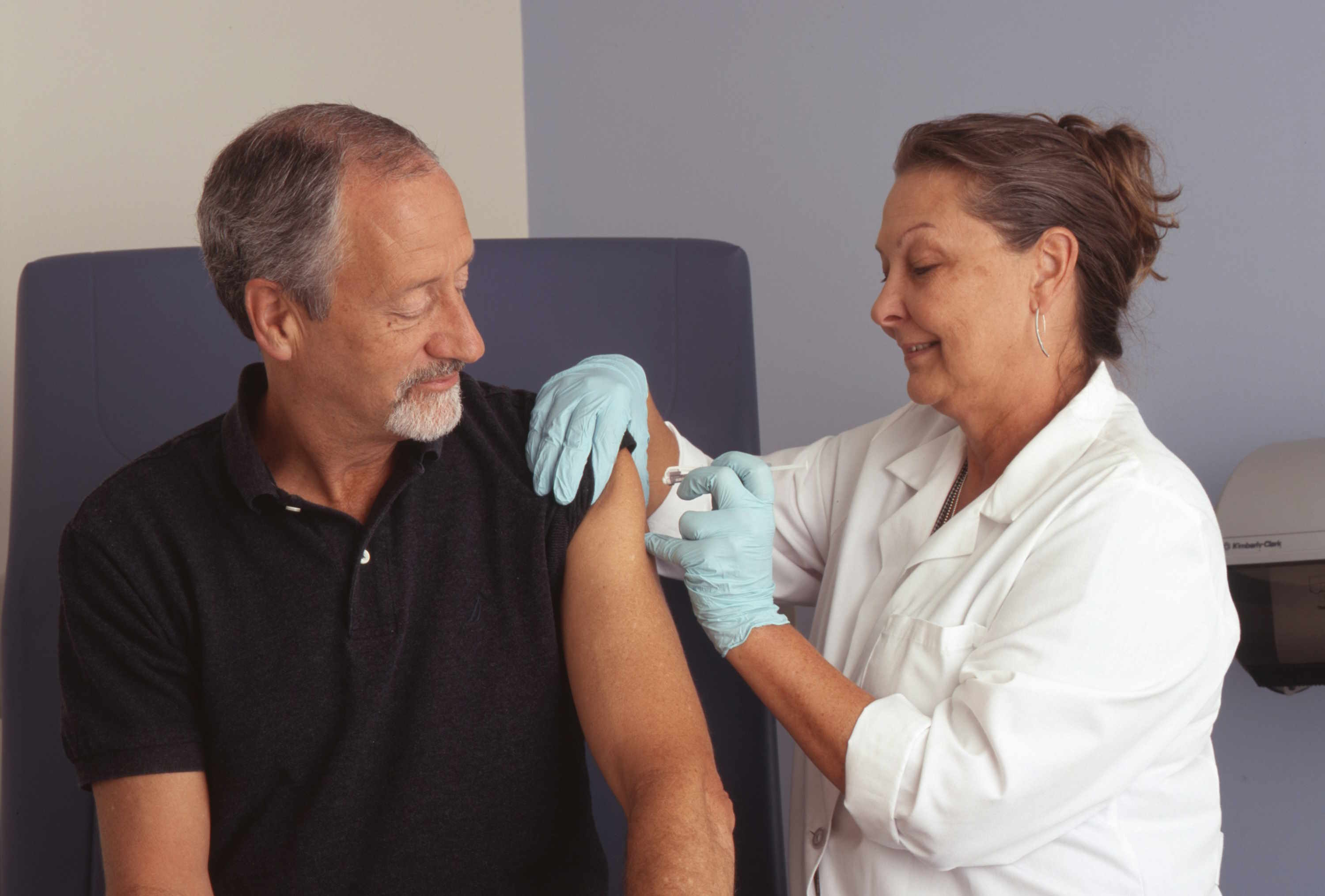Identifying the First Signs of Prostate Cancer
Prostate cancer is one of the most common cancers affecting men, particularly as they age. Early detection is crucial for effective treatment and improved outcomes. This article will explore the initial signs of prostate cancer, their implications, and the various treatment options available. By understanding these key aspects, individuals can be better prepared to recognize potential symptoms and seek timely medical attention.

What are the earliest signs of prostate cancer?
The early stages of prostate cancer often present no noticeable symptoms, which is why regular screenings are essential for men over 50 or those with higher risk factors. However, some individuals may experience subtle changes that could indicate the presence of prostate cancer. These early signs may include:
-
Frequent urination, especially at night
-
Difficulty starting or stopping urination
-
Weak or interrupted urine flow
-
Burning sensation or pain during urination
-
Blood in urine or semen
-
Painful ejaculation
It’s important to note that these symptoms can also be caused by non-cancerous conditions, such as benign prostatic hyperplasia (BPH) or prostatitis. Nevertheless, experiencing any of these signs warrants a consultation with a healthcare professional for proper evaluation.
How does prostate cancer develop and progress?
Prostate cancer typically develops slowly over many years, starting with changes in the prostate gland’s cells. As the abnormal cells multiply, they can form a tumor within the prostate. In some cases, the cancer may remain localized and grow slowly, while in others, it can spread more aggressively to nearby tissues or other parts of the body.
The progression of prostate cancer is often described in stages:
-
Stage I: Cancer is confined to a small area of the prostate
-
Stage II: Cancer is still within the prostate but may be detectable during a physical exam
-
Stage III: Cancer has spread beyond the prostate to nearby tissues
-
Stage IV: Cancer has metastasized to distant parts of the body, such as bones or lymph nodes
Understanding the stage of prostate cancer is crucial for determining the most appropriate treatment approach and assessing the overall prognosis.
What risk factors increase the likelihood of prostate cancer?
While the exact cause of prostate cancer remains unknown, several risk factors have been identified that may increase a man’s chances of developing the disease. These include:
-
Age: The risk increases significantly after age 50
-
Race: African American men have a higher risk compared to other racial groups
-
Family history: Having a close relative with prostate cancer increases the risk
-
Genetic factors: Certain inherited gene mutations (e.g., BRCA1 and BRCA2) may contribute to increased risk
-
Diet: A diet high in red meat and saturated fats may increase risk
-
Obesity: Being overweight or obese is associated with a higher risk of aggressive prostate cancer
Awareness of these risk factors can help individuals and healthcare providers make informed decisions about screening and preventive measures.
How are prostate cancer screenings performed?
Regular screenings are crucial for early detection of prostate cancer. The two primary screening methods are:
-
Prostate-Specific Antigen (PSA) This blood test measures the level of PSA, a protein produced by the prostate gland. Elevated PSA levels may indicate prostate cancer, although other conditions can also cause increased PSA.
-
Digital Rectal Exam (DRE): During this physical examination, a healthcare provider feels the prostate gland through the rectum to check for any abnormalities in size, shape, or texture.
In the United States, the U.S. Preventive Services Task Force recommends that men aged 55-69 discuss the potential benefits and risks of PSA screening with their healthcare provider. Men with higher risk factors may need to start screening earlier or undergo more frequent tests.
What treatment options are available for prostate cancer?
The treatment approach for prostate cancer depends on various factors, including the cancer’s stage, the patient’s overall health, and personal preferences. Common treatment options include:
-
Active Surveillance: For low-risk, slow-growing cancers, doctors may recommend monitoring the cancer closely without immediate treatment.
-
Surgery: Radical prostatectomy involves removing the entire prostate gland and surrounding tissues.
-
Radiation Therapy: This can be delivered externally (external beam radiation) or internally (brachytherapy).
-
Hormone Therapy: This treatment aims to reduce testosterone levels, which can slow or stop cancer growth.
-
Chemotherapy: Used primarily for advanced prostate cancer that has spread to other parts of the body.
-
Immunotherapy: This emerging treatment harnesses the body’s immune system to fight cancer cells.
How do patients choose the right treatment path?
Selecting the most appropriate treatment for prostate cancer is a highly personalized decision that should be made in consultation with a healthcare team. Factors to consider include:
-
Cancer stage and grade
-
Patient’s age and overall health
-
Potential side effects of each treatment option
-
Impact on quality of life
-
Personal preferences and values
It’s essential for patients to have open and honest discussions with their healthcare providers about the benefits and risks of each treatment option. Seeking second opinions and consulting with specialists can also help in making an informed decision.
In conclusion, recognizing the first signs of prostate cancer and understanding the available treatment options are crucial steps in managing this common men’s health issue. Regular screenings, awareness of risk factors, and prompt medical attention when symptoms arise can significantly improve outcomes for those affected by prostate cancer.
This article is for informational purposes only and should not be considered medical advice. Please consult a qualified healthcare professional for personalized guidance and treatment.




